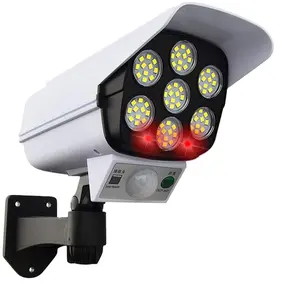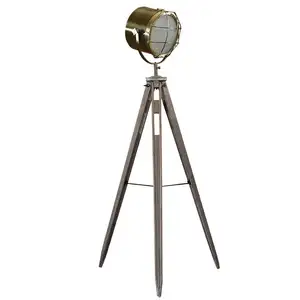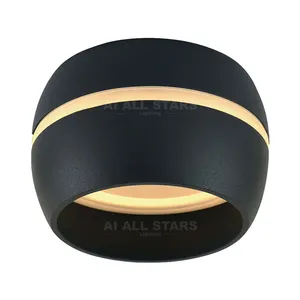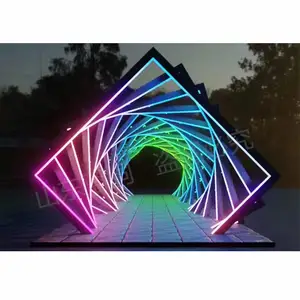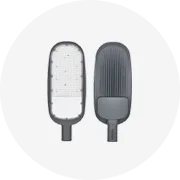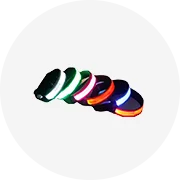Popular in your industry







































































Related Searches:

































































































































Top categories
About ce rohs led aquarium light
Aquarium laps serve different purposes, yet the main purpose would be aesthetic. They aim to illuminate your tank to make it look better. These ce rohs led aquarium light lights up the tank, making the colors of the fish and the plants more vivid. Choose from a variety of wholesale ce rohs led aquarium light that emits the right number of lumens to maximize the color of any aquarium. Choose from a variety of aquarium led lights from reef lighting to fluvial lights to saltwater aquarium lights to planter tank lights to aquarium hood lights for a more vivid look.
Another purpose ce rohs led aquarium light serves are that it provides the energy that aquatic plants need to survive. Plants use these fish tank lights to utilize the process of photosynthesis so they can convert the carbon dioxide provided by aquatic animals to oxygen and starch. Because light plays an important role in plants, the lights should be able to provide the amount of heat and light plants need. Choose from a diverse collection of carefully made lights that are bright enough for these aquatic plants. There are aquarium lights for plants, aquarium plant bulbs, and led lights for aquarium plants to provide for the right amount of light they need.
Choose from a wide variety of ce rohs led aquarium light that are made with quality products that would address the needs of every aquatic pet lover. These diverse varieties of light will provide the aesthetic that they need, and the energy their aquatic plants require to survive and balance the tank. With these diverse varieties of UV light for aquarium, you can choose from UV sterilizer aquarium, low light aquarium plants, black light fish tank, reef tank lighting, jellyfish aquarium lamp, and many other variations of fish tank lamp.

